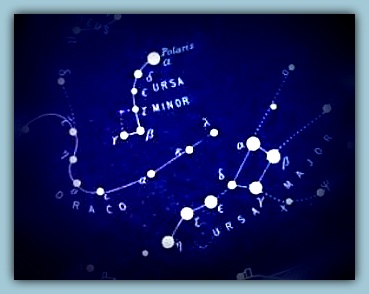
The Big Dipper exists in physical reality only as a pattern that can be seen and recognized by conscious observers looking out to the stars above the Earth's North Pole. The stars exist as physical objects, but The Big Dipper exists only as a non-physical object in the mind of each conscious observer. Once we learn the patterns in the stars, once those patterns become patterns in our memory, our night sky becomes familiar with patterns of things that actually only exist in consciousness. After that, how we see the material objects in the night sky is changed forever by our knowledge and memories of those non-material objects.